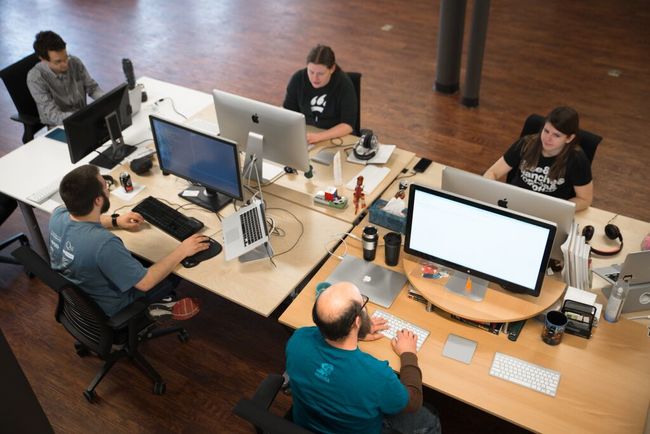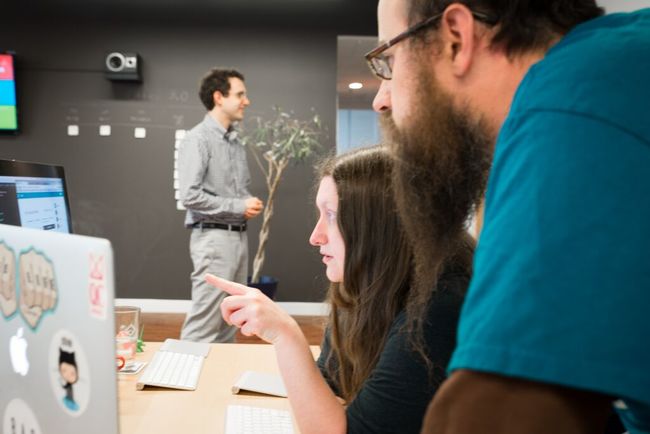
7 July 2015
Releasing CRäKN, Weeks 7 & 8: Racing Toward the First Dollar of Revenue
This post is part of a blog series that follows along as we work with our client, CRäKN, to build a software-as-a-service app. First post here.
It’s always a little crazy in the middle. At this point, we’re just shy of the halfway mark for the initial 19-week build we planned with CRäKN. And this particular two-week stretch came with its share of challenges—from two looming deadlines to some technically tough features to a touch of team grumpiness. “I’m super pumped about what we’re doing,” says CRäKN product owner Shawna Becknell. “But the clock is ticking loudly in my head.”

Why the pressure? The team found out that CRäKN’s founder, Scott Mindrum, stepped up delivery dates and wants a sellable product in the market this summer. “We really made a commitment to that timeline this week,” Shawna says. “We’ve got to get to market so we can start earning revenue, and also receive real-world feedback to help us improve usability.” This same race to revenue is faced by just about every tech start-up. In this case, there’s also a big industry convention in October, so it would be a big win to have sales and experience on the books before the event.
There’s also a second closer deadline that loomed over the team. After last week’s successful user testing, they promised to deliver a beta version of the app to production sometime in week nine. It needs to work for multiple funeral homes, so Gaslight developer James Smith spent much of his time fine-tuning the multi-tenant aspect of the app. The critical issue: Making sure a funeral home user can only see data relevant to his location and only has access to cases where he has proper permissions. James described his approach as cautious and spent a lot of time writing defensive code tests.

The other technical challenge for this two-week stretch involved building a calendar tab where users can schedule meetings with families. It shows a mini calendar view, so users can see at a glance who’s free, who’s busy and what appointments overlap. Eventually, this same calendar will allow users to schedule funeral services, too. “There’s a lot more to developing a calendar than most people realize,” James says. It’s tough to deal with time zones, future dates, recurring events and more. Something that seems simple on the surface becomes complicated pretty quickly.
All these challenges made the general mood fall slightly from the week six high driven by the positive user testing feedback. “I feel like we all put on our grouchy pants,” Shawna says. “We had pressure to get things out to a client, so we all had a little shorter fuse. But we were all equally feeling the pressure, which I think is a good thing.”
Check back soon to read about balancing deadlines with a sustainable work pace and the best way to move faster.


